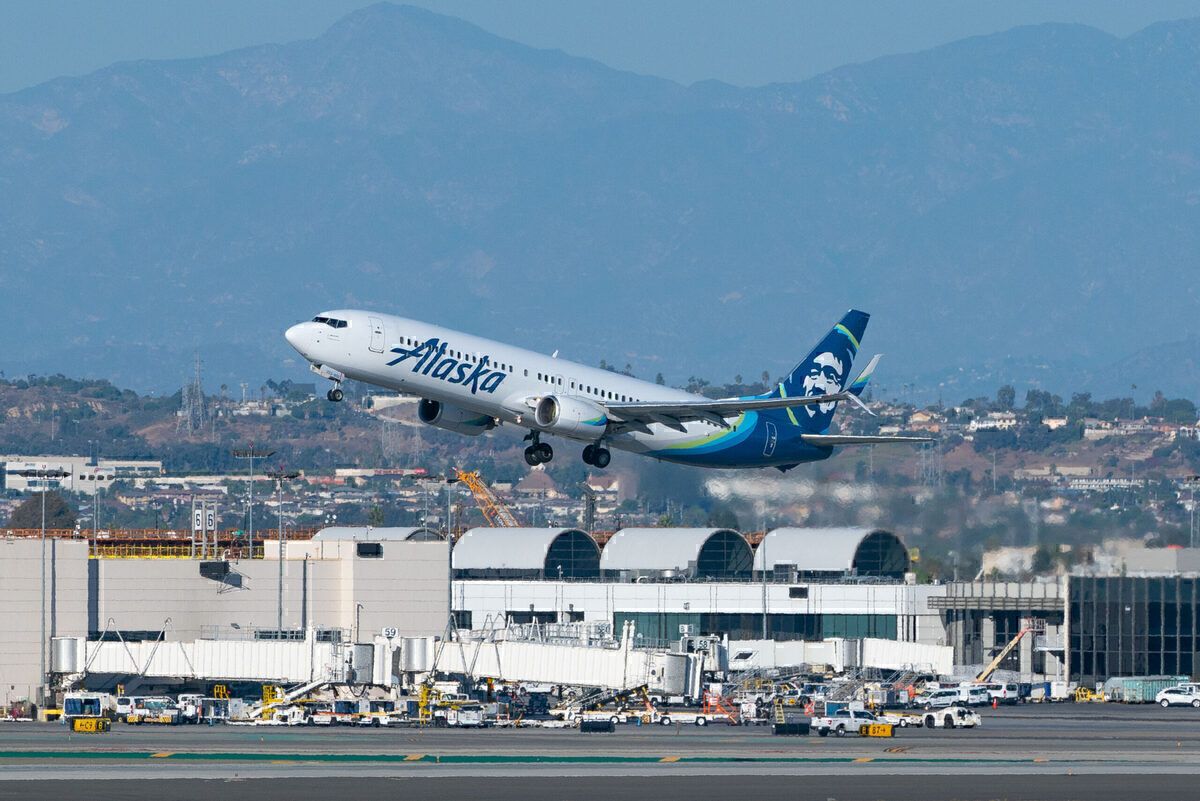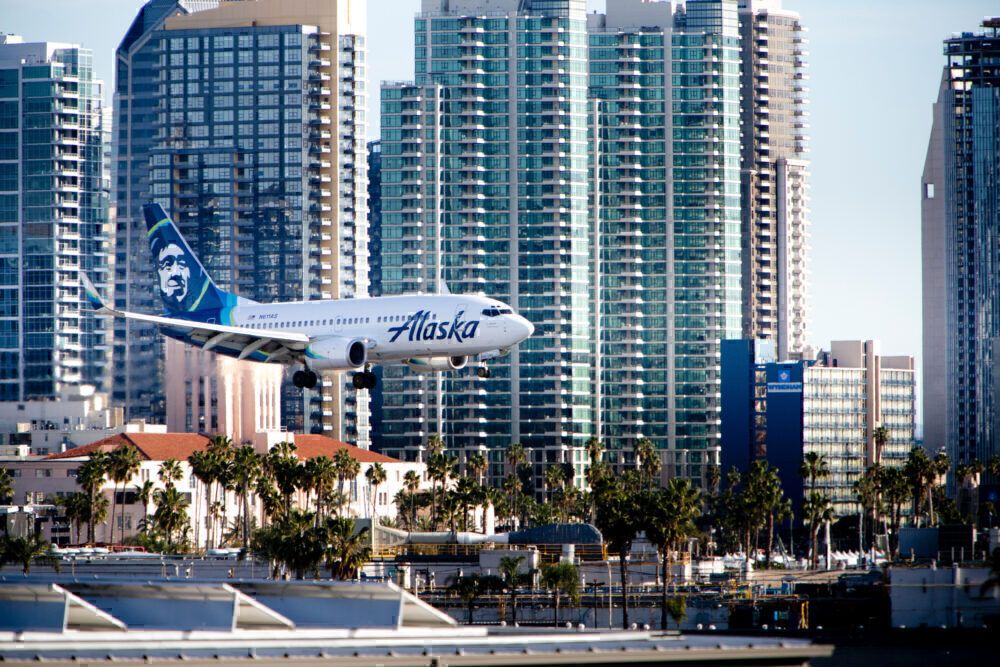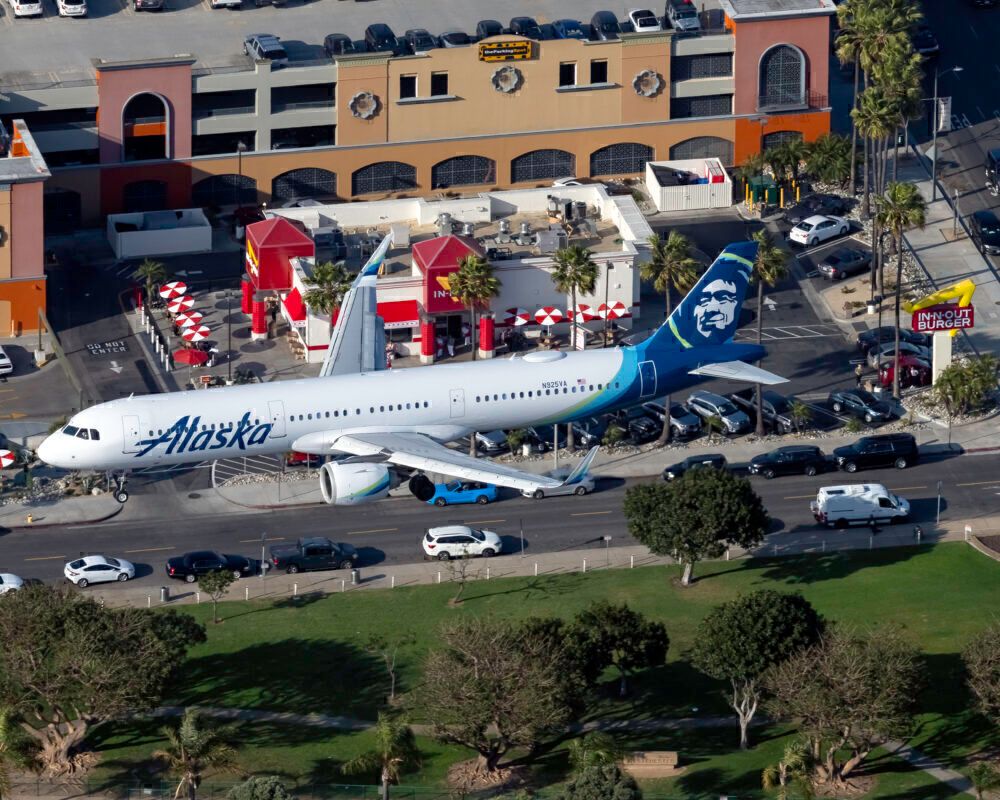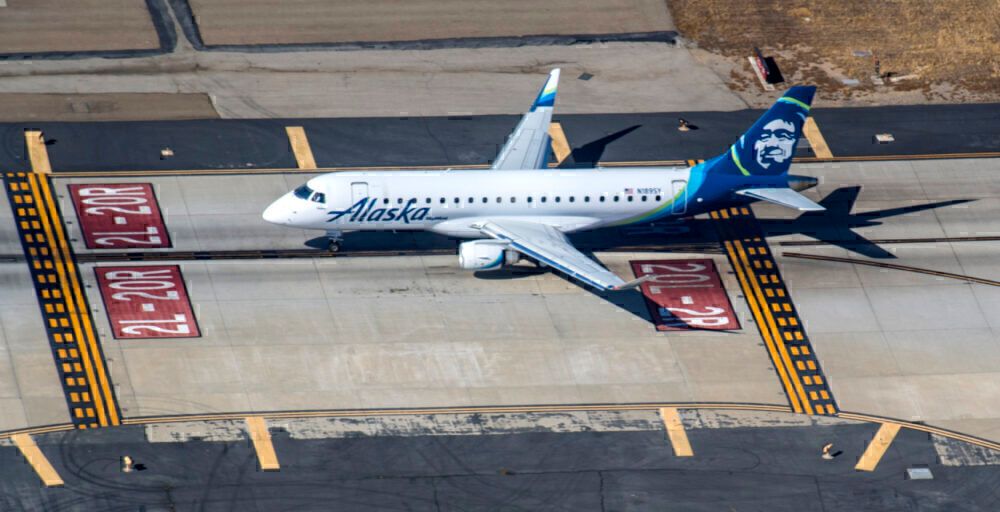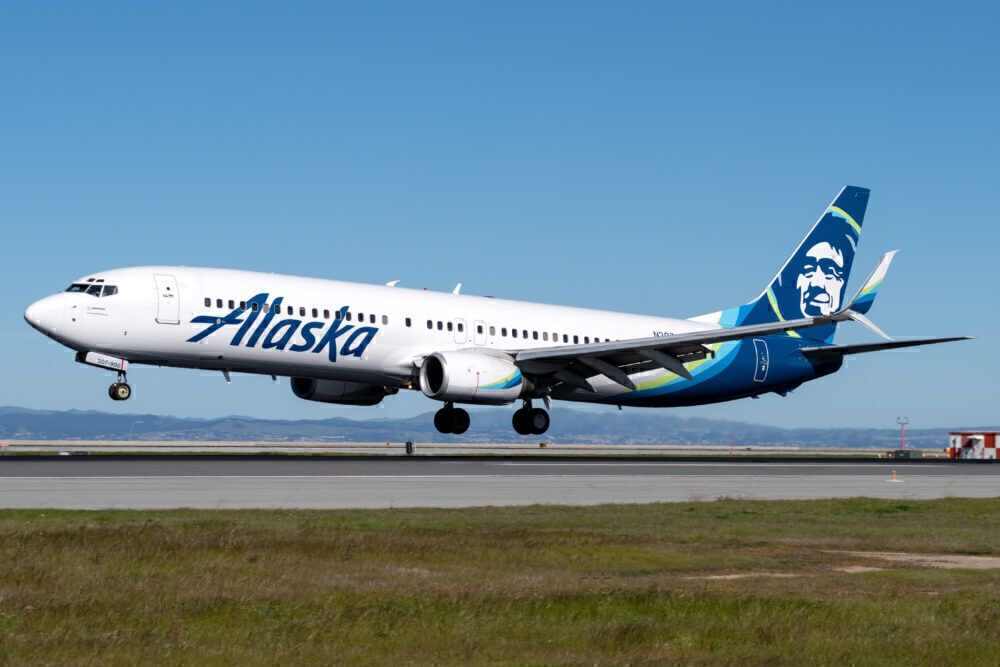Alaska Airlines is ready to turn the page. The airline has improved its first-quarter outlook amid some encouraging trends and sees the light at the end of the tunnel. While revenue will still be down substantially for the first quarter, Alaska is gearing up to return to profitability.
Alaska Airlines revises first-quarter outlook
Previously, Alaska Airlines expected its first quarter of 2021 to be a lot like its fourth quarter of 2020. However, recent improvements in the overall market have made the first quarter appear to be a little brighter than expected. Now, Alaska expects slightly higher than anticipated revenue as it sees more passengers fly with the airline.
Capacity for the first quarter compared to the same quarter in 2019 is expected to be down about 30%. This is unchanged from previous guidance and represents Alaska's aggressive plan to fly capacity in preparation for a surge in travel.
Some of the bright spots for the airline include improvements in revenue and load factor. Previously expecting revenue passengers to be down 60 to 65% for the quarter compared to the same quarter in 2019, Alaska has revised that estimate to down 55 to 60%. A small but still significant change.
Based on those increases in revenue passengers, Alaska has slightly bumped up its load factor expectations. For the quarter, the airline anticipated a 40 to 45% load factor previously. Now, the carrier hopes to hit a load factor between 45 and 50%.
Total revenue for the quarter, compared to 2019, was expected to be down 60 to 65%. Now, Alaska anticipates total revenue to be down 55 to 60%, again, based on the increase in passengers and revenue coming in from new tickets sold.
One example of an improvement in the first quarter comes from the airline's January results. Previously expecting a load factor as low as 35%, Alaska notched a monthly load factor of 42% on capacity down 37% compared to the same month in 2019. Revenue passengers were down 65%, while total revenue was down 62.5% compared to the same month in 2019.
Stay informed: Sign up for our daily aviation news digest.
Alaska is ready to turn the page
In a clear indication that Alaska Airlines is ready to turn the page on the crisis, the airline will stop providing cash burn guidance and instead move to provide cash flow from operations on a quarterly basis.
Cash burn was an early metric that airlines adopted to highlight the significant financial hit from the crisis. Hitting over $100 million at some airlines in the early days of the pandemic, the airline industry provided cash burn guidance as a mode of showing more detailed month-to-month or quarter-to-quarter improvements in cost-cutting measures.
Most airlines significantly brought down their cash burn by the end of the year. And now, cash flow guidance for Alaska is a little more appropriate as the airline will still be losing money, but on a less impactful scale as it was in 2020.
For the first quarter of 2021, the airline expects cash flow from operations, including funds received from the government, to be approximately negative $100 million to zero. For reference, January's cash burn at Alaska was $137 million and, in the fourth quarter of 2020, the airline had an adjusted cash burn of $342 million.
The recovery will skew to favor Alaska Airlines
Alaska Airlines will be favored slightly as the recovery continues. The airline operates an almost entirely domestic route network. In 2019, the last available year for capacity by region breakdown at the time of writing, only 3% of Alaska's network capacity was deployed to Mexico, a mere 1% out to Canada, and Hawaii and Costa Rica made up 14% of the airline's capacity.
Essentially, roughly about 10-15%, at most, of Alaska's network is deployed internationally. Given how international travel is coming back slowly, although Mexico and Costa Rica are performing quite well overall, Alaska Airlines is in a good spot.
With its mostly domestic focus, Alaska Airlines is concentrating on its West Coast and Alaska operations, which, combined, made up almost 40% of its network. About 44% of its network was deployed on transcontinental and midcontinent service.
Transcontinental flights are performing the worst for Alaska, which is unsurprising. However, the airline is expected to see improvement there as more people seek to travel domestically and restrictions are reduced. It is in this sphere that Alaska is very thankful that it does not offer a lie-flat product.
Recently, the state of Alaska removed its requirement for inbound travelers to present proof of a negative test to visit. This will bode well for Alaska's new routes out of Anchorage this summer.
Alaska may not be the first network carrier to return to profitability. Low-cost carriers like Spirit, Allegiant, and Southwest are expected to come out near the front as well. Still, Alaska, just based on the airline's network and model, is expected to return to profitability sooner than some of its other network peers and back on a course for expansion.
Do you think Alaska Airlines has the right outlook for the first quarter? Are you planning to fly Alaska Airlines before the end of March? Let us know in the comments!

